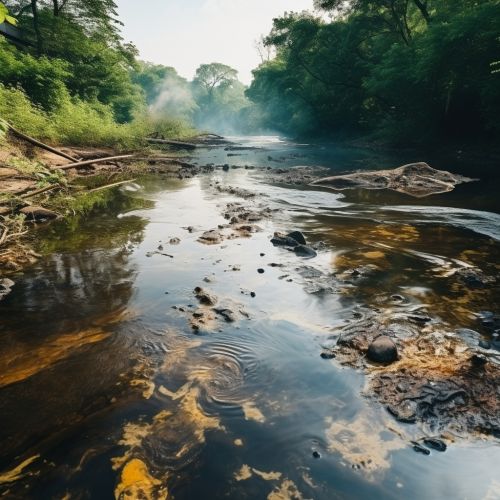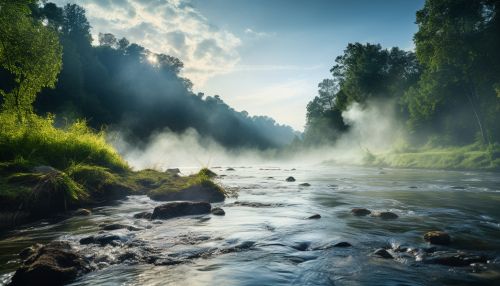Hydrosphere
Introduction
The Hydrosphere refers to the combined mass of water found on, under, and above the surface of a planet. On Earth, the hydrosphere covers about 71% of the planet's surface, an area of some 361 million square kilometers, and is the place where all water, including seas, lakes, rivers, underground water, and the water in the atmosphere resides.
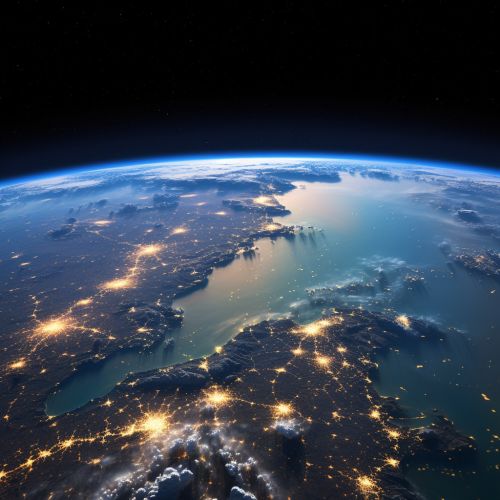
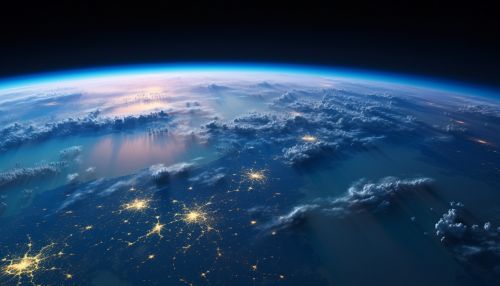
Composition and Structure
The hydrosphere is composed primarily of water, which exists in three states: solid, liquid, and gas. The distribution of water within the hydrosphere is not uniform, with the vast majority of water, about 97.5%, being saline and found in the world's oceans. The remaining 2.5% is freshwater, the majority of which is locked up in ice caps and glaciers, with only a small fraction available as surface water or groundwater.
Oceans
The oceans are the largest component of the hydrosphere, covering about 71% of Earth's surface and containing 97.5% of the planet's water. The oceans play a critical role in regulating the Earth's climate, acting as a heat reservoir that absorbs, stores, and slowly releases large amounts of solar energy.
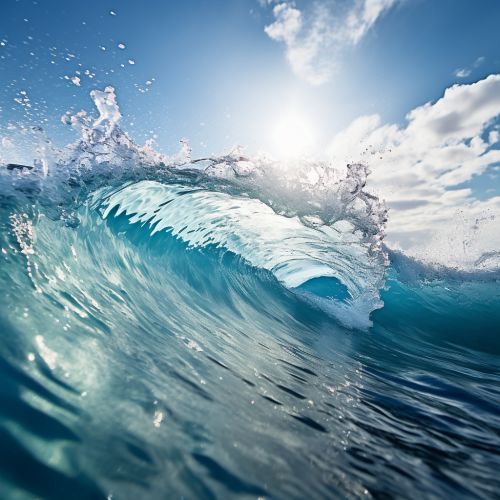
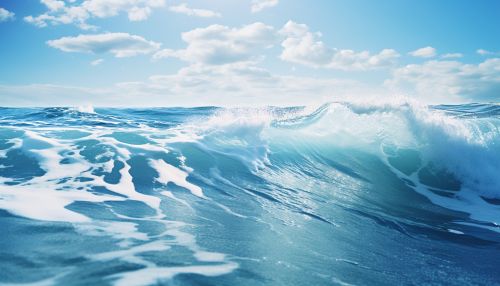
Freshwater
Freshwater makes up a much smaller portion of the hydrosphere, but it is crucial for life on Earth. This includes water from sources like rivers, lakes, and groundwater. Freshwater is also found in the atmosphere in the form of water vapor and precipitation.


Role in Earth's Climate
The hydrosphere plays a significant role in the Earth's climate system. It acts as a heat buffer, absorbing and storing heat from the Sun, and releasing it over time. This helps to moderate global temperatures and climate patterns. The hydrosphere also plays a key role in the water cycle, where water evaporates from the surface, condenses in the atmosphere, and falls back to the surface as precipitation.
Interaction with Other Earth Systems
The hydrosphere interacts with all other Earth systems, including the atmosphere, biosphere, and geosphere. These interactions are complex and dynamic, and they influence everything from weather patterns to the distribution of life on Earth.
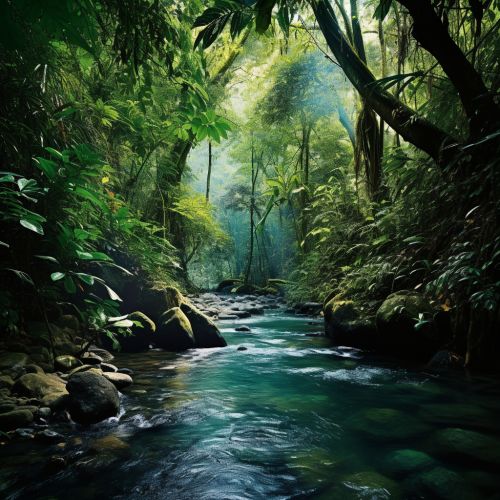
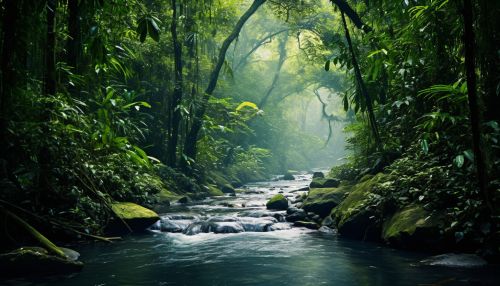
Threats and Conservation
Human activities pose significant threats to the hydrosphere. These include pollution, overuse of freshwater resources, and climate change, which is causing rising sea levels and changes in precipitation patterns. Conservation efforts are focused on reducing pollution, promoting sustainable water use, and mitigating the impacts of climate change.
